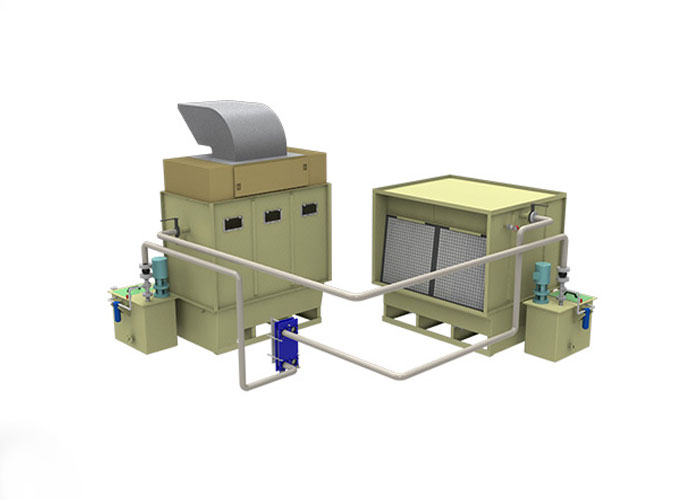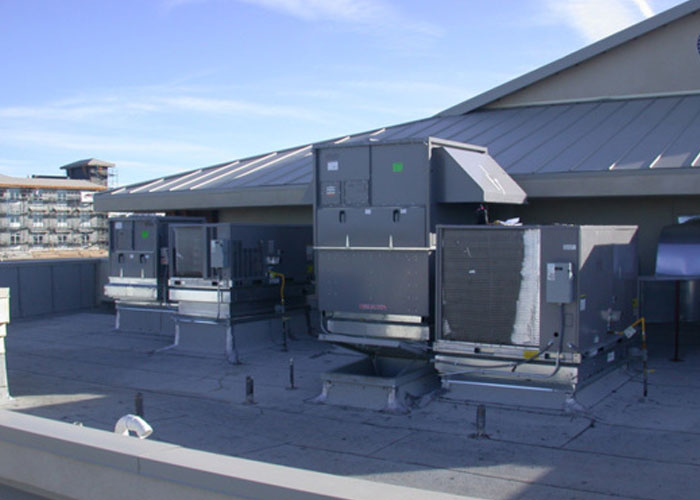ENERGY RECOVERY is the use of waste materials to create energy. In the United States, there are several methods for achieving this. Some of these methods involve burning the trash, while others use a process known as energy recovery. The former method is popular in Japan, where a portion of the trash is burned to create energy. In Europe, however, it is not as common as in the United States. The land is at a premium, and landfills are considered a low-cost, short-term solution.
Depending on the location of your home, you might have to purchase an STP to handle your sewage. Generally, residential buildings need at least one STP to treat sewage. Many STPs are located underground, making them difficult to maintain. Moreover, you may not be able to inspect them without hiring an expert. It is better to consult a professional if you have any doubts about the process.
ENERGY RECOVERY
ENERGY RECOVERY is a process that minimizes the energy input to an overall system by using energy exchange between sub-systems. Using energy recovery is beneficial in many different applications. This process is used in a variety of ways, including heat recovery and electricity production. The main benefit of energy recovery is that it is a low-cost way to increase your system's energy efficiency. Read on to learn more about how it can improve your system.

Wasted energy can have a negative effect on the environment. For example, heat from electric power plants contributes to the thermal pollution of nearby waterways, and methane from landfills can cause air pollution. By capturing and reusing waste energy, you can make electricity and reduce your energy bill while helping to reduce air pollution. Learn more about how energy recovery can help you save money and the environment. If you have a buried waste stream in your system, consider using energy recovery to generate power and heat your home.

Methods
Research into energy recovery methods from waste has uncovered several possibilities for recovering valuable energy from discarded batteries. These batteries often contain alkaline and zinc carbon batteries, which are produced in huge quantities each year and discarded. The research group at NCKU found that half of the discarded batteries still contain a small amount of energy and are an excellent resource for energy recovery. Using this method, a battery can be reused up to ten times its original capacity.
There are several experimental technologies that are currently being studied, including the incineration of MSW. Anaerobic digestion, for example, produces carbon dioxide and methane from wastepaper. Waste-fired gas turbines are another potential energy recovery method. Hydrolysis processes, for example, have also been studied extensively and are commercially available for ethanol production from MSW. However, the process is still at an early stage of development, and the uncertainties are greater than in commercial systems.
Costs
Energy recovery from waste costs is high because such schemes require land investment, pre-treatment infrastructure, grid connection, and the main generator plant. These investments are then followed by substantial operating costs, particularly in connection with safe operations. Besides the initial investment, costs are also high due to risk in different areas of the process, such as throughput, energy prices, and operating and maintenance regimes. In the event of lower conversion rates, unit costs and landfill tax liabilities will rise.
In addition to the initial capital costs, energy recovery devices have maintenance and downtime costs. These costs are rarely estimated during the evaluation of SWRO technologies but are still significant to operators and investors. The availability of the energy recovery system is an important consideration in the design because frequent maintenance can cripple production. Hence, energy recovery technologies should be designed for maximum uptime. To ensure that this happens, manufacturers have adopted energy-efficient designs.
Environmental impact
While conventionally focused on the extraction and use of fossil fuels, energy recovery from mining can also result in additional environmental burdens, such as the negative reuse of mine wastes. Thermal resources from abandoned mines are not limited to the mining process's solid wastes but also mine water. In addition, mining can cause large technogenic aquifers with relatively stable thermal regimes. This can have a substantial impact on water resources.
In comparison to landfilling, energy recovered from incineration has lower environmental impacts than biogas from landfills. Landfilling generates nine of the 11 impact categories. Energy recovered from landfills, however, has higher environmental impacts. Using this method could reduce landfill gas emissions, which have a higher impact on global warming than landfilling. This improved energy recovery process reduces global warming and landfilling impacts. It may save up to two million tonnes of greenhouse gas emissions yearly.







































Share Post